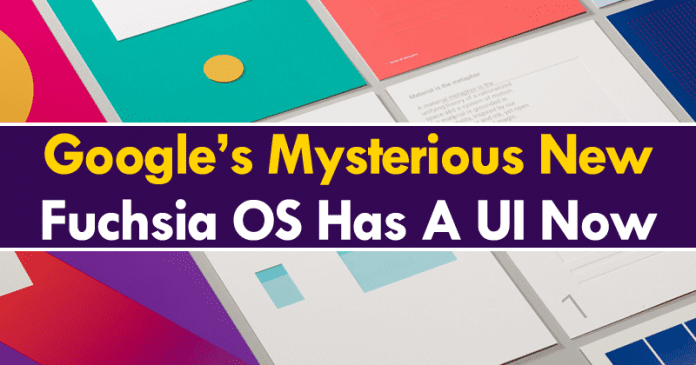But this may be far from the truth. The Fuchsia, a new operating system that Google is developing, may be the answer for the replacement of systems that it currently have. Aired early on as a solution for IoT, Fuchsia may well have a different fate. One year after work began to create it, Fuchsia is now beginning to have a face and to reveal what it might bring in the near future. The site ArsTecnica had access to a first version of the functional interface of Fuchsia, the Armadillo, and much was shown, probably preparing the way for the future. It is still far from functional, but it shows which path will be followed.
The Fuchsia interface is developed on the main screen that can be moved up and down. It is centered on an area where the user is and where we can find a photo of the user, date and time, location, and a battery icon. When we get there, we have access to the definitions. Above this area, we have access to stories, represented by cards. In them, we can have alerts or notifications of applications or other messages. Below we find a search box and new cards, this time with information for the user, in the style of what we have today in Google Now. By uploading these cards, or stories, we have full access to the applications. If the windows of two applications are overlaid, there will be a division of the screen, as it is already happening in Android. However, there is a difference with what we have today. These applications can be grouped in larger numbers, horizontally or vertically. Apparently, there is no limit to the number of applications that can be grouped together. For now, the Fuchsia OS is still under work and right now we won’t be able to see beyond its interface. However, while the tech giant Google is quiet, this may be the future operating system for smartphones and tablets by the research giant Google. So, what do you think about this new OS from Google? Simply share your views and thoughts in the comment section below.
Δ


